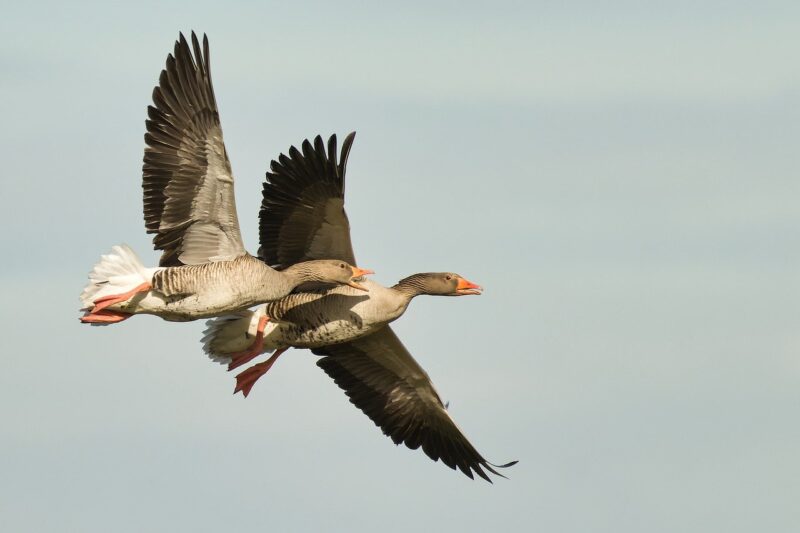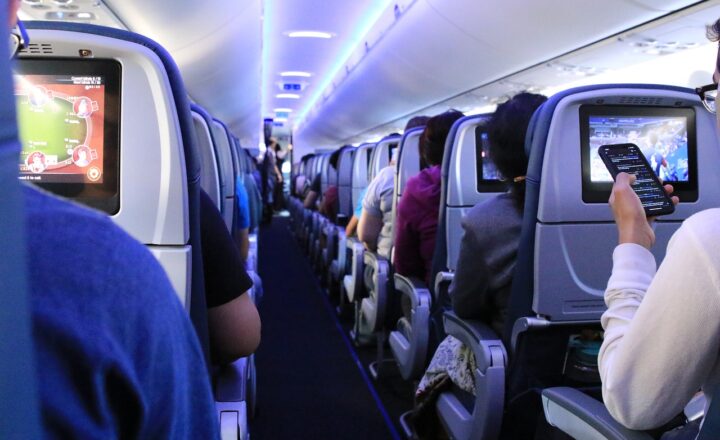Inside the Lives of Flight Crews and What They Do When Not in the Air
November 11, 2024

When you board a flight, you might be focused on your destination, security protocols, or even your in-flight entertainment. But have you ever thought about the world behind the cockpit and the passenger cabin? The lives of flight crews are often shrouded in mystery. These dedicated professionals work tirelessly to ensure your safety and comfort at 30,000 feet. However, their lives don’t stop once the plane lands. In this article, we will take an in-depth look at the lives of flight crews, exploring their responsibilities while airborne and what they do when the airplane doors close.
1. Behind the Scenes: The Roles of Flight Crew
The flight crew consists primarily of pilots and cabin crew (flight attendants). Each has specific roles but collectively works towards one goal: a safe and pleasant flying experience for passengers.
Pilots: The Commanders of the Skies
Pilots are responsible for navigating and operating the aircraft. They conduct pre-flight checks, manage in-flight systems, and communicate with air traffic control. Moreover, they make split-second decisions about weather conditions, altitude adjustments, and emergency protocols.
Pilots undergo extensive training to handle multiple scenarios, ensuring passengers and crew remain safe throughout the journey. But what happens once they’ve landed? Pilots often have at least a few hours of downtime between flights, and they use this time in various ways:
- Resting: Pilots often use this time to rest, especially after long-haul flights. Fatigue management is essential, as it ensures they are alert and ready for the next flight.
- Planning and Reviewing Flights: During their downtime, pilots may review their past flight logs, study for upcoming routing changes, or plan for future flights, including learning about new routes or destination weather.
- Physical Fitness: Many pilots take exercises or workouts seriously, due to the demands of their job. They may go for runs or pay visits to a local gym, ensuring they maintain both mental and physical health.
Cabin Crew: The Passenger Advocates
Cabin crew members, or flight attendants, are often the face of the airline. They ensure passenger safety, serve meals and drinks, and provide assistance throughout the flight. Their responsibilities also include:
- Safety Checks: They conduct safety demonstrations and ensure passengers are seated and buckled during takeoff and landing.
- Customer Service: Flight attendants handle a variety of customer interactions, from assisting with special needs to calming anxious travelers.
- Emergency Response: They are trained to address on-board emergencies, such as medical issues or cabin disturbances.
When not airborne, cabin crew members often participate in:
- Training Refinement: Just as pilots review flight data, cabin crew engage in continuous training, learning new safety protocols, customer service skills, and technology updates.
- Team Building Activities: To maintain a cohesive work environment, flight attendants often have team-building exercises or brief meetings, even when they are at layover locations.
- Exploring New Places: Flight attendants may take advantage of layover time to explore new cities. It isn’t uncommon for them to enjoy local cuisine, visit landmarks, or simply rest and recharge.
2. Life on Layovers: The Joys and Challenges
Layovers are a significant aspect of a flight crew’s life. Depending on the airline and flight routes, they may spend several hours or even days in a layover city. During these periods, here’s what flight crews often do:
Rest and Recovery
Layovers give flight crews a chance to recharge. They may sleep in hotel accommodations provided by the airline, ensuring they are fully rested for their next flight. Sleep hygiene becomes critical; they may utilize blackout curtains and earplugs to facilitate rest.
Cultural Immersion and Adventure
Flight crews often seize the opportunity to explore the culture, food, and attractions in layover cities. They form friendships with local staff or fellow crew members and often share adventures together. Impressive skyline views, hidden gems, and overseas cuisine are among their favorite pastimes.
Continuing Education and Professional Growth
Many crew members invest spare time in personal and professional development. Whether completing online courses, learning new languages, or increasing knowledge in aviation safety practices, they utilize layover time for their growth and sustain their industry edge.
3. Managing an Irregular Schedule
Flight crews often work odd hours, including weekends and holidays. This irregular schedule can affect personal lives, family time, and social activities. To manage this:
- Creating Routines: Flight crews learn to structure their rest and leisure into manageable routines. They prioritize sleep, exercise, and nutrition.
- Staying Connected: Technology helps them maintain personal relationships. FaceTime, messaging platforms, and social media keep them connected with family and friends despite distance.
- Flexibility and Resilience: Adaptability is part of the job. They learn to cope with last-minute changes to schedules, which means embracing spontaneity in both work and leisure activities.
4. Health and Wellness in Aviation
Maintaining both mental and physical well-being is crucial for flight crews. With demanding jobs, they incorporate various routines to remain healthy:
Nutrition Choices
Flight crews focus on nutritious meals that boost energy and focus. They might pack meals that include fruits, vegetables, lean proteins, and hydration to combat fatigue.
Physical Activity
Incorporating exercise into an uneven schedule helps them stay energized. Many flight crews take gym memberships, organize group workouts, or prefer outdoor activities when on layovers, using local parks for running or cycling.
Mental Health Strategies
Flight crews deal with unique stresses like unpredictable schedules and long periods away from home. It’s essential for them to seek support and resources for mental wellness. Some engage in mindfulness practices, meditation, or yoga to relieve anxiety during layovers.
5. Conclusion: The Unsung Heroes of the Skies
Flight crews play an essential role in the aviation industry, often going unnoticed by the traveling public. Their dedication to passenger safety, comfort, and the integrity of the flight experience is commendable. Understanding their lives both in the air and on the ground reveals a world of hard work, passion, and resilience.
As travelers, we should appreciate these professionals and recognize the extra effort they put in to make our journeys safe and enjoyable. From their pre-flight preparations and in-flight responsibilities to the downtime they manage, flight crews exemplify the spirit of adventure in every take-off and landing.








